|
|
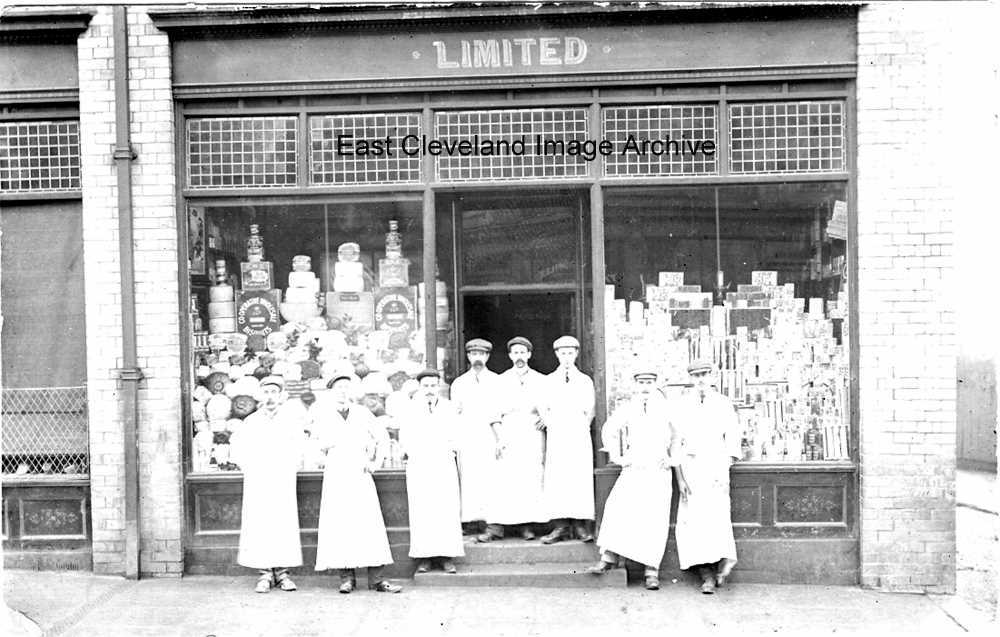
Loftus Co-operative Store in the days of long white aprons, no check-out and no pre-packaged produce! I don’t suppose anybody knows any of these immaculately turned out shop assistants? Lorraine Williams tells us: “From at least 1890 the Fenby family ran a fruiterers business in Loftus probably until the 1920s. Skelton Fenby, one of the son’s, was the Loftus co-op manager in 1911 when he was 41 but I don’t know how long he remained there. He later moved to Darlington and opened a drapery store and eventually became Mayor of Darlington in 1947.”
Image courtesy of the Pem Holliday Collection, Cleveland Ironstone Mining Museum and others; also than ks to Lorraine Williams for that update..
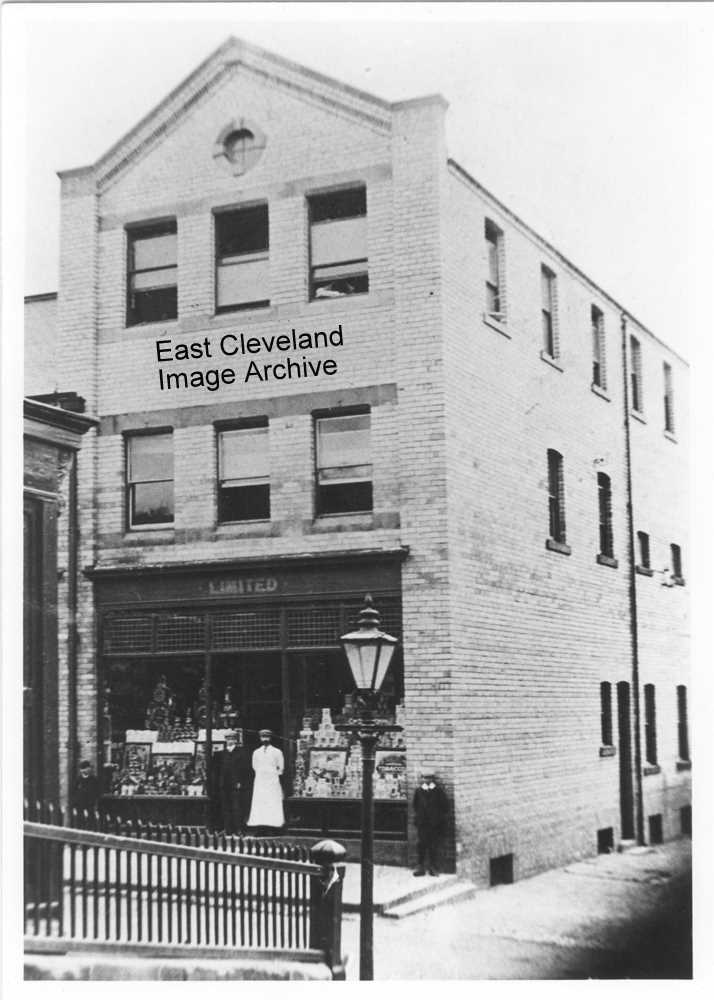
Taken from Duncan Place this only shows part of the Co-operative Stores in Loftus, going to the left was the shoe department followed by the entrance and stairs to the offices, where on dividend day the queues extended out into the street. After these came a quite large drapery, and at the end of the block the butcher’s shop. There was also an electrical store and a large furniture store farther down to the west of Loftus. However the Archive is now aware that the original Co-operative building was further down Zetland Road towards West Road and will locate and display the shop frontage.
Image courtesy of Cleveland Ironstone Mining Museum, the Pem Holliday Collection and others.
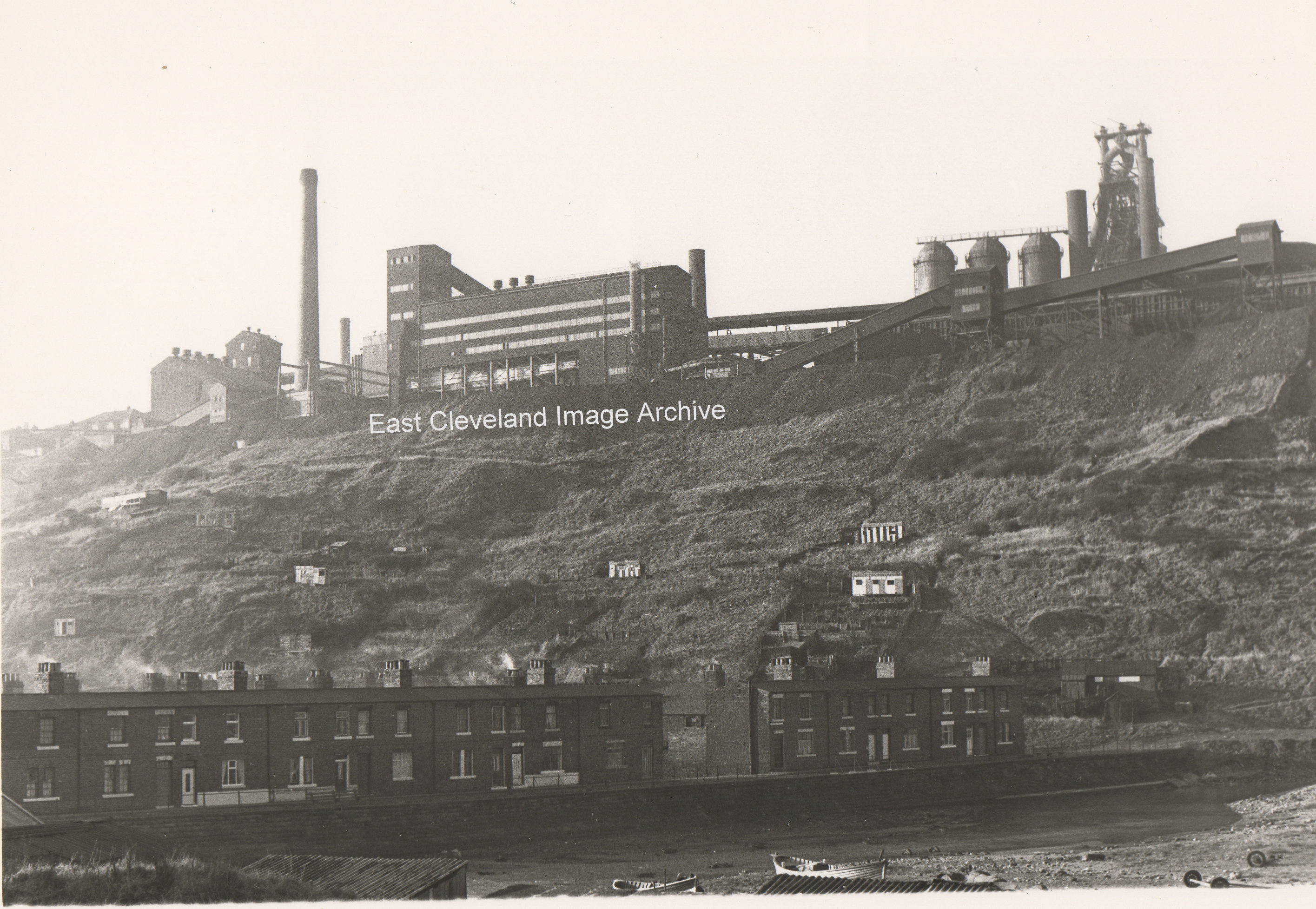
The beck in the foreground with Marine Terrace behind it, the pigeon cotes stand out rather well, Skinningrove always was a place noted for it’s pigeon racing. Once more the works stand guard over the village.
Image courtesy of Ted Morgan, via Eric Johnson.
No smoke control at the time this picture was taken the houses seem to be making more pollution than the works. The coal in use was probably supplemented by sea-coal gathered from the beach. Danny Plews says: “I wonder what year this is, it was probably winter time. I remember in 1961/62 that it could be bad, but the works were usually to blame”.
Image courtesy of Ted Morgan, via Eric Johnson and thanks to Danny Plews for the update.
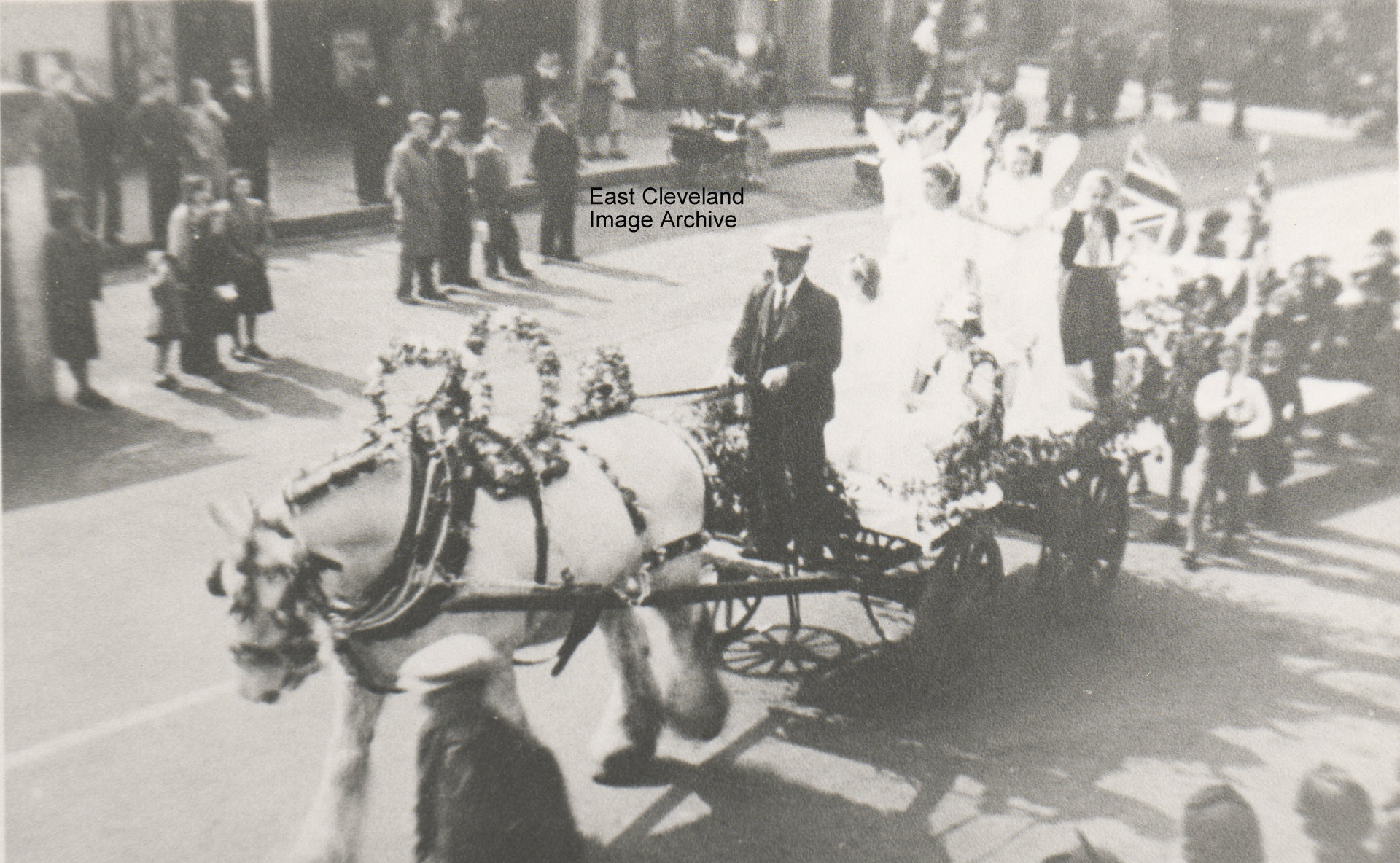
A beautifully decorated horse and cart in Loftus Market Place and maybe a May Day, carnival or float parade. Can anyone help? Derick Pearson notes: “Girl sitting in front carriage has a crown or hat on with the Star of David on it and seemingly royal apparel. Girls behind in white have Angels appearance and Wings. Small carriage behind that has Union Jacks.” But when was this parading?
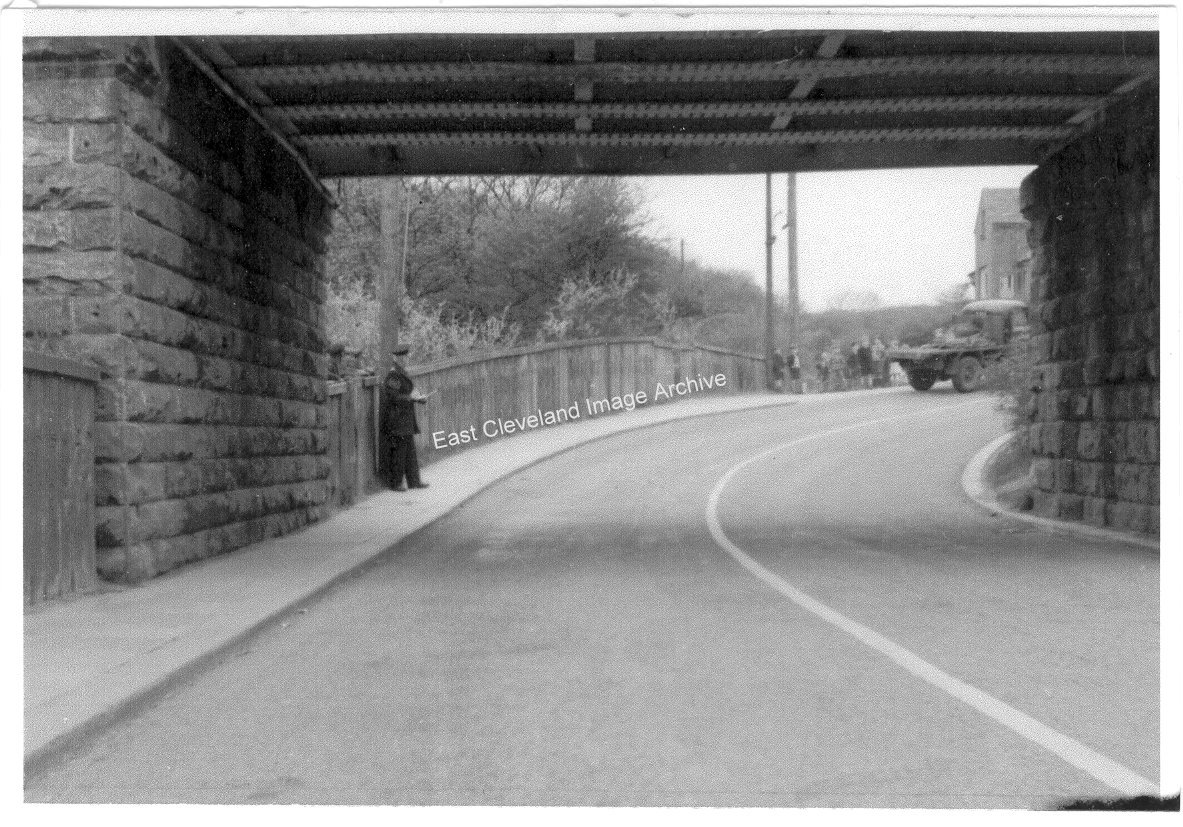
A clear photograph of the old bridge and to all those who passed underneath it the roman numerals (not in sight here) are forever remembered MDCCCLXXIV. Shirley Tutton (nee Cockerill) tells us: “I was one of those children who passed this way every day on my way to school in the early 1960s. The Roman numerals are often recalled as my point of reference to work out the answers in pub quizzes.” A new bridge now spans the road built to accommodate the freight trains from the Potash mine at Boulby.
Bryan Richardson tells us: ”I remember a cyclist being killed when he collided with a wagon at this bridge in the late 50′s. I think this photo was taken at this time which would explain the policeman stood under the bridge and the crowd of onlookers near the wagon.” Thanks to Bryan for that update.
With information now received we can give a definitive comment about this image: ”The young man that was killed was Ron Jemson, middle child of five children of Charlie and Freda Jemson of Steavenson Street, Carlin How. He was in collision with Charlie Bower’s coal lorry (this can be seen in the background of this image) under the railway bridge. Ron was only 23 years old and married for six weeks. He was cycling down to Loftus to collect his sister-in-law’s purse which had been left in a fruit shop on Station Road.”
Image courtesy of Joan Jemson, with thanks to Bryan Richardson and Shirley Tutton for the updates; especial thanks to Joan Jemson for the account.
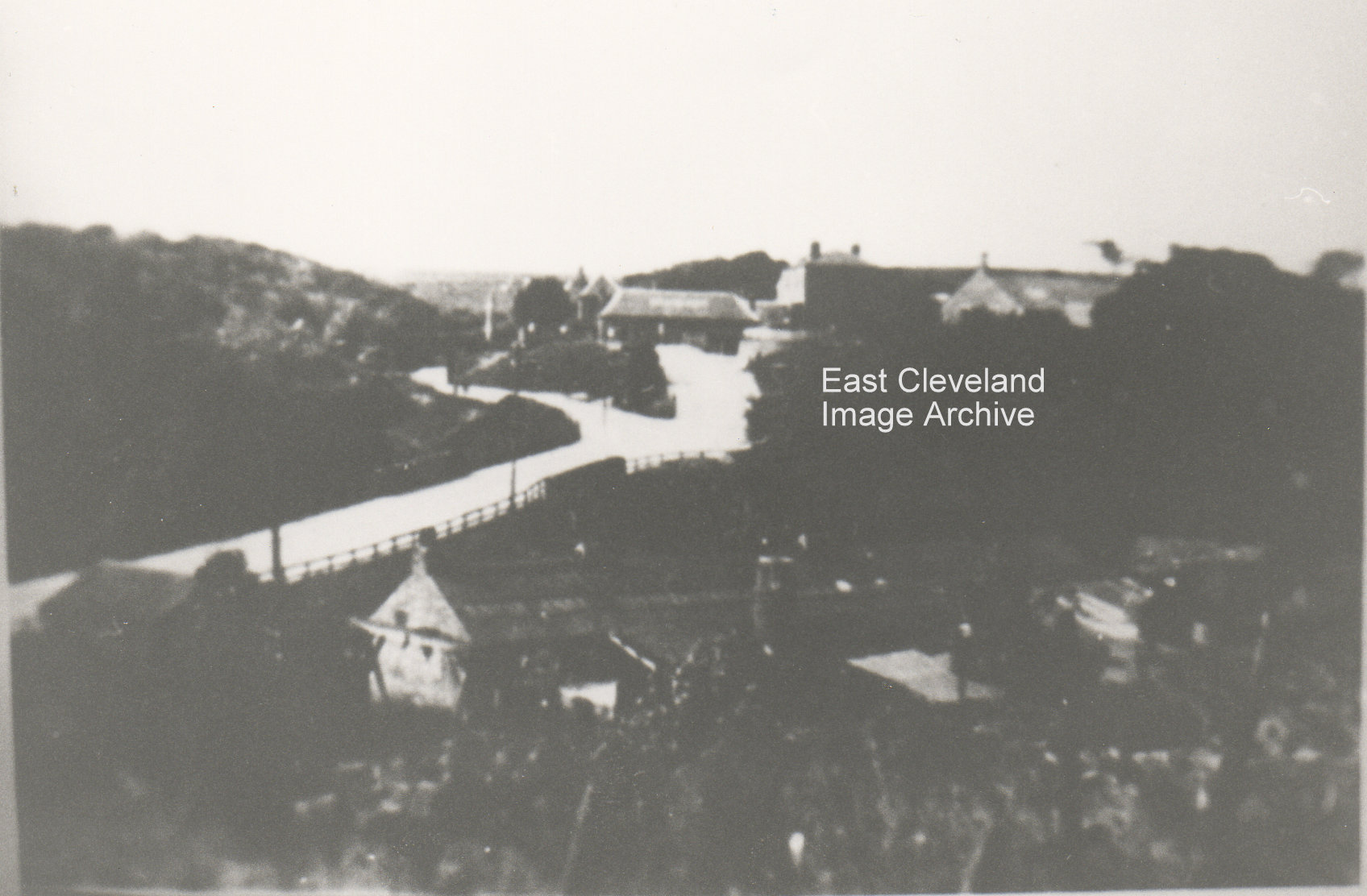
This image shows the road to Liverton Mines and off to the right the road to the station, in the foreground is the foundry. Not a clear photograph, but in the middle of the foundry building the round structure of the cupola for melting the pig iron can be seen. A walk around Loftus and district, can be seen many cast iron drain covers stamped either ‘Robinson Bros.’ or the later ‘Tinsley’. A unique example of this foundry’s output can be seen in Loftus Old Cemetery, where their specialised cast iron grave markers can be seen; it is well worth a visit.
Additional information thanks to Eric Johnson.
Winning an Eskdale Tournament of Song Certificate in 1939 gives us this excellent view of the Junior School Choir. Can anybody assist with the missing names?
Proudly showing their Eskdale Tournament Of Song award; some of the pupils are:-
Back row: Joyce(Peggy) Adamson, ??, ??, Geoff Turner, Geoff Robinson, ??, Freda Rouse, Doreen Anderson.
Second row: Betty Robinson, Emma Stewart, Sheila Breckon, Sylvia Waller, Iris Roberts, Nancy Sanderson.
Third row: Joyce Hore, Lilian Hodgson, Joyce Markham, Sylvia Atkinson, Mary Skilbeck, ??, Pam Dohring, Doreen Nattrass, ??, Betty/Jean Maughan (twin 1).
Front row: Hazel Wood, ??, Jean/Betty Maughan (twin 2), Doreen Noble.
Do you know the names of any of the remaining children?
Image and names to date courtesy of Joyce Hore.
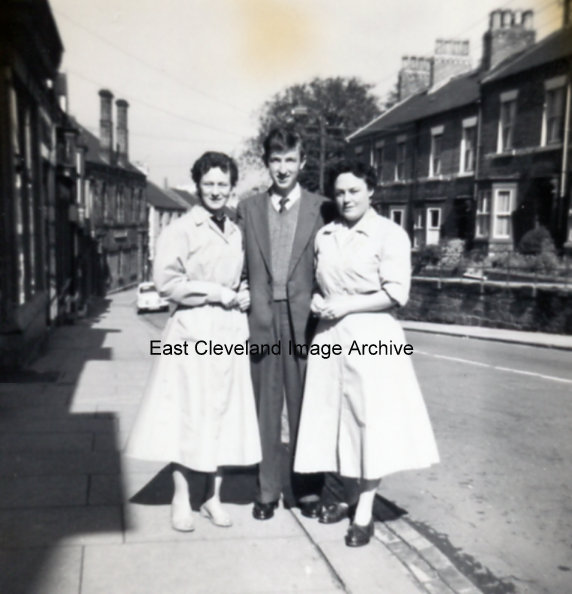
Betty Peart (Mrs. Ditchburn), Philip Beadnall, and Betty Tebble (Mrs.Gorman) pictured outside the front of Dodd’s shop on Zetland Road in the 1960s. Barbara McBurney tells us: “I remember Philip Beadnall working for Fred Lindsley in his shop on West Road, probably late 1950’s, the shop was a man’s outfitters and if my memory serves me well I think there was a corner selling records. I also worked with him in the late 1970’s in the Mill Manager’s Office at Skinningrove Works!” Whilst Richard Beadnall tells us: “Phil is my uncle and still lives in Brotton, as he has done all his life.”
Image and names courtesy of Mrs. Ditchburn; with thanks to Barbara McBurney and Richard Beadnall for the updates.
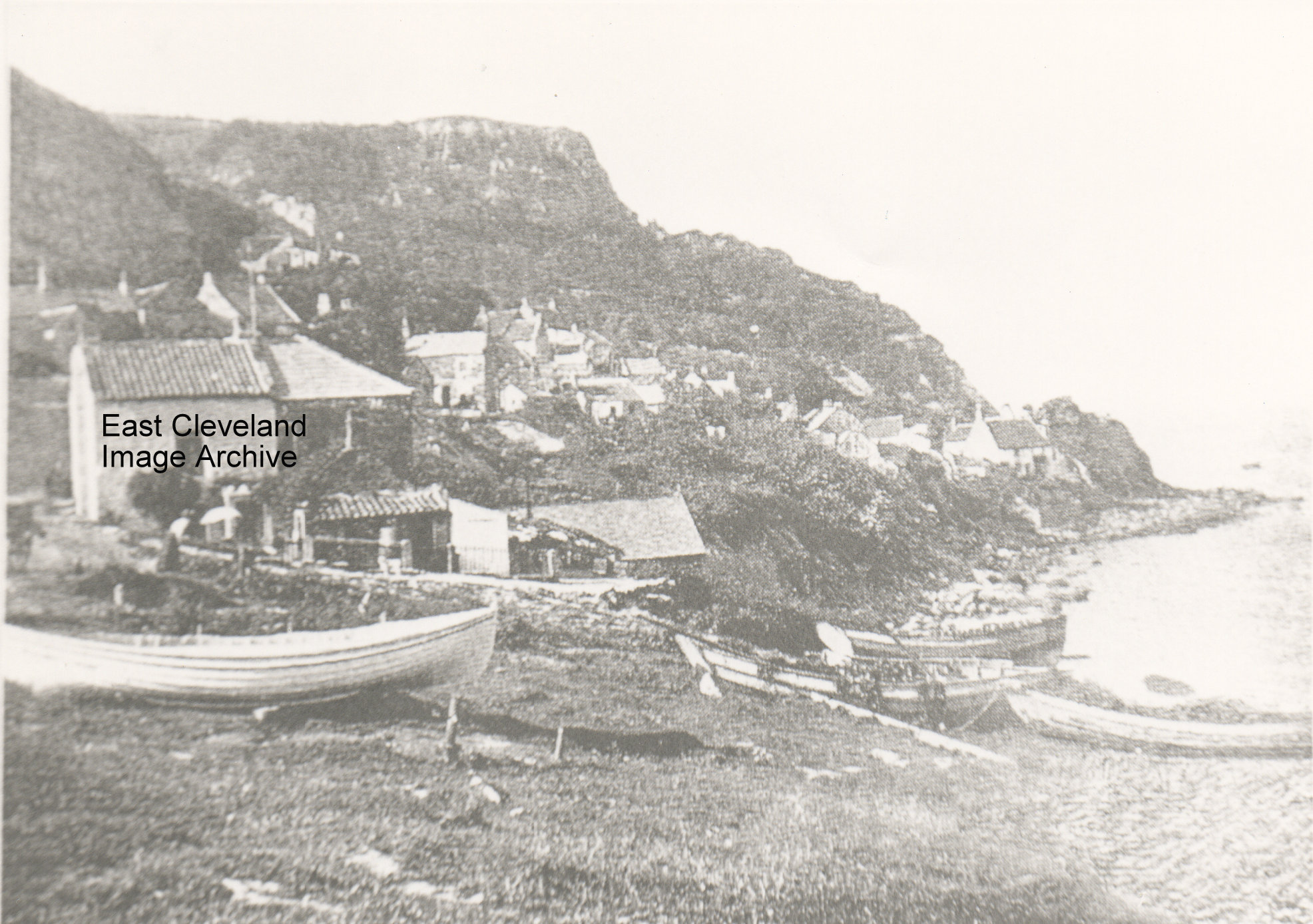
A view of Runswick Bay taken from about where the present day boat park is sited.
|
|



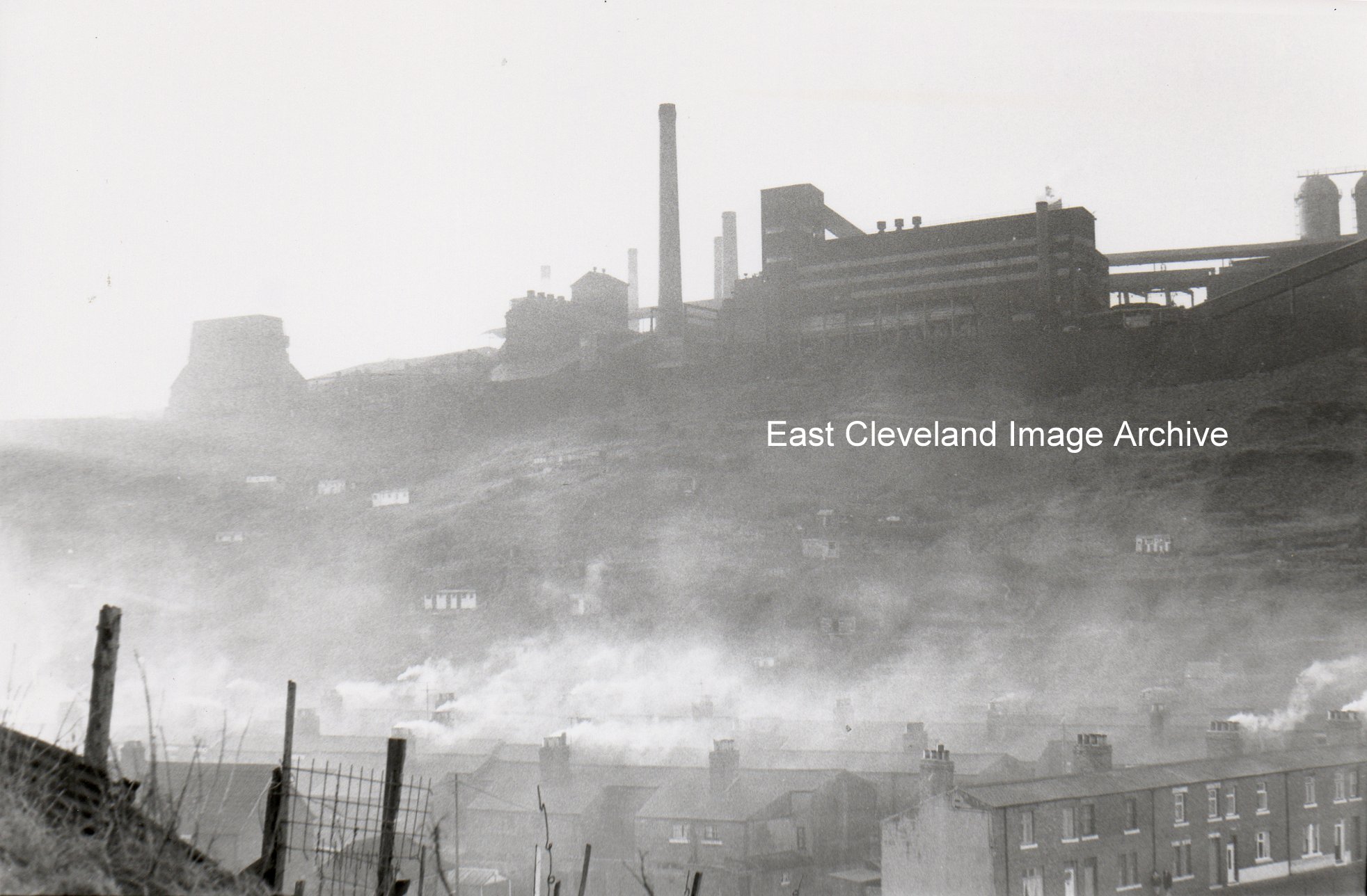



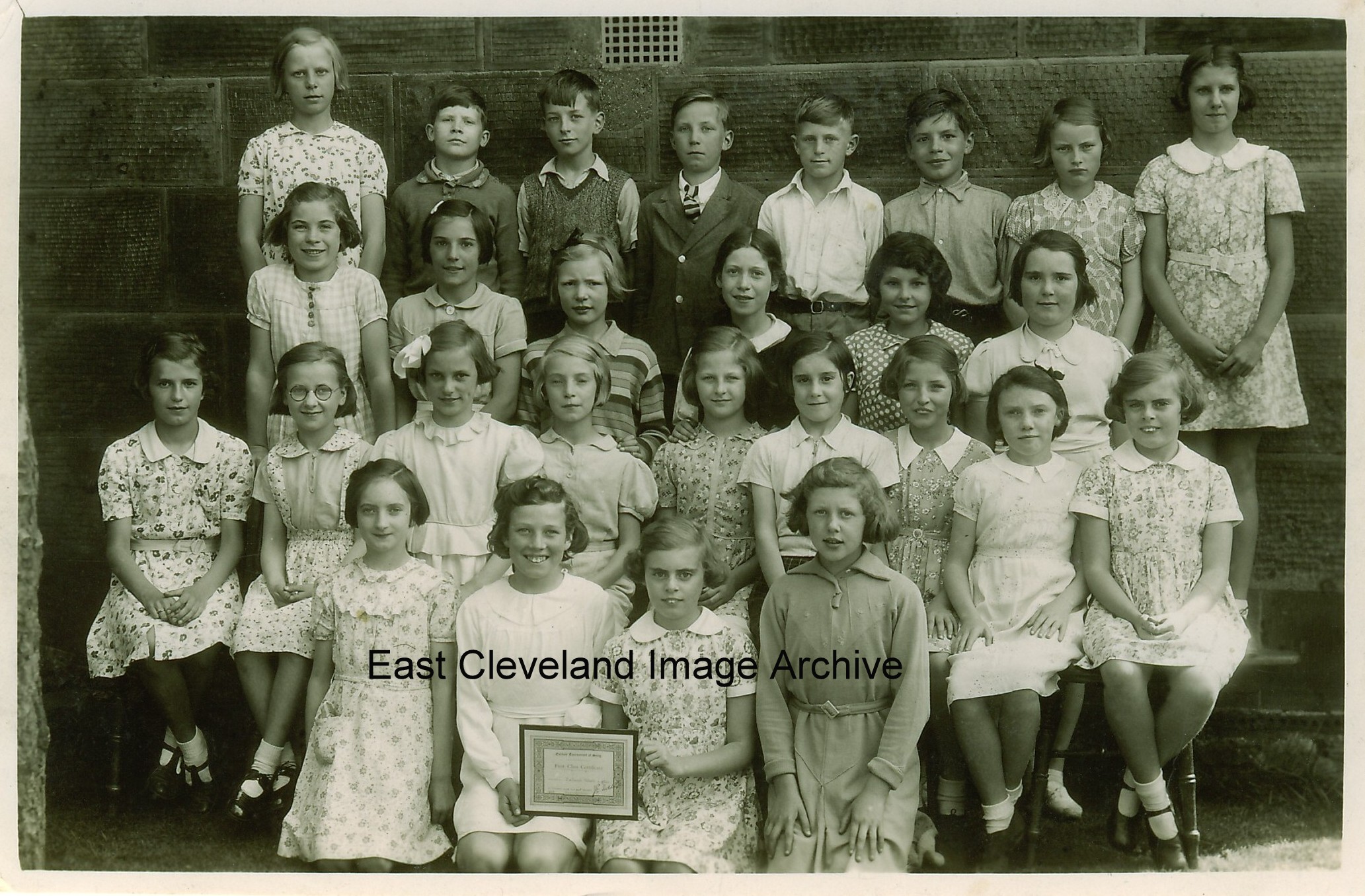


Recent Comments